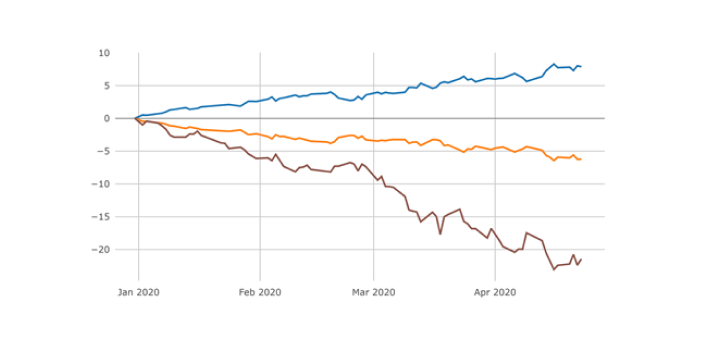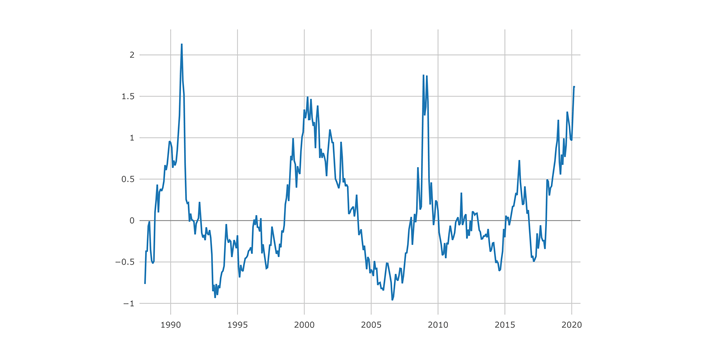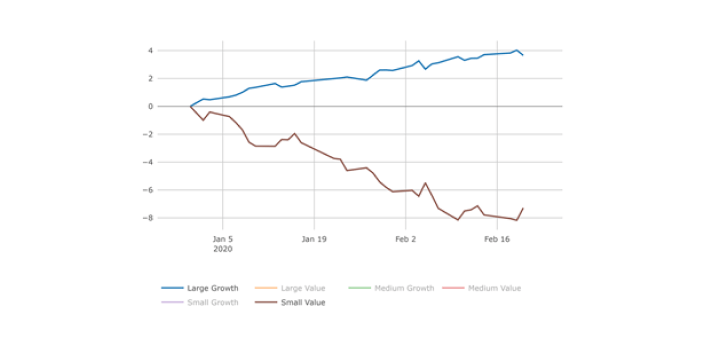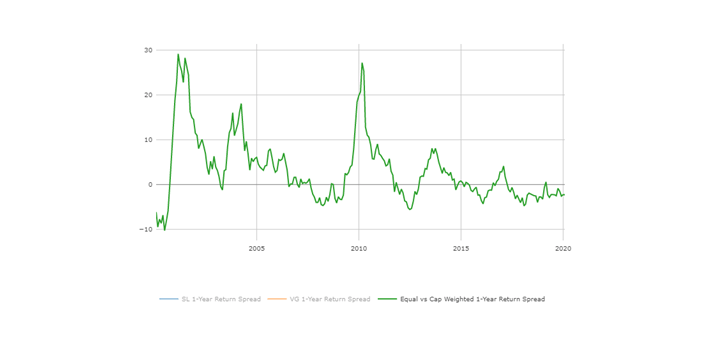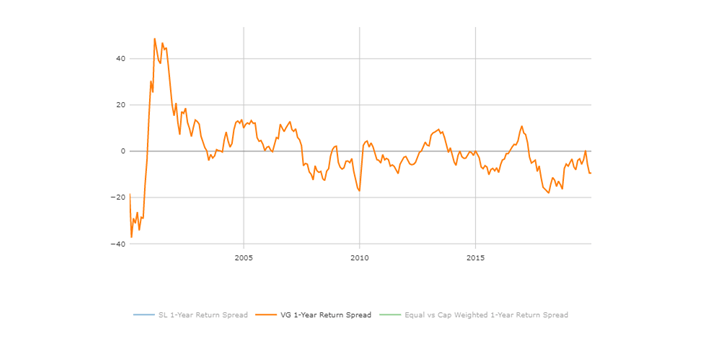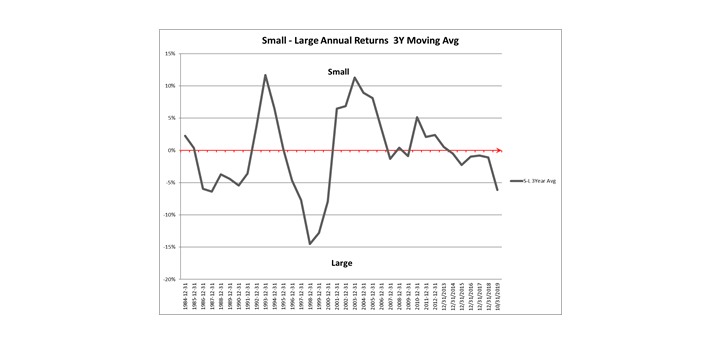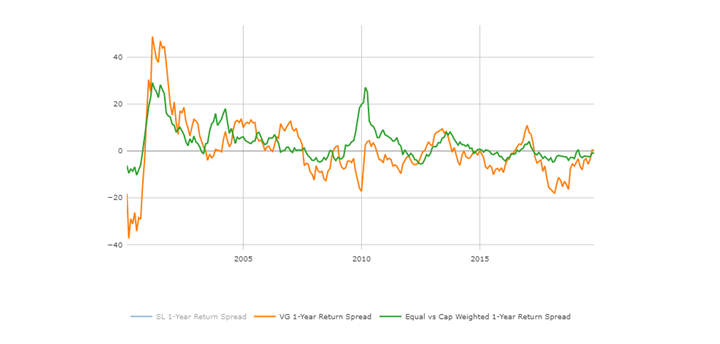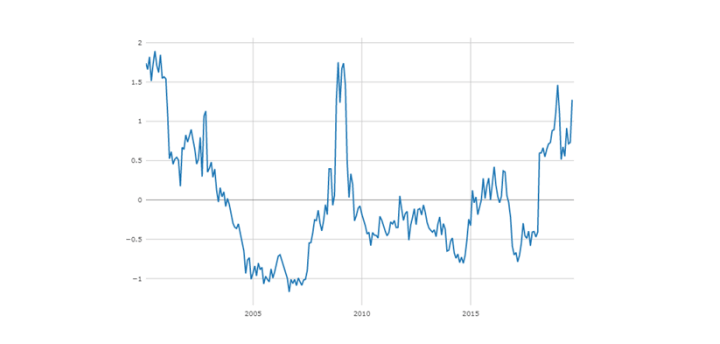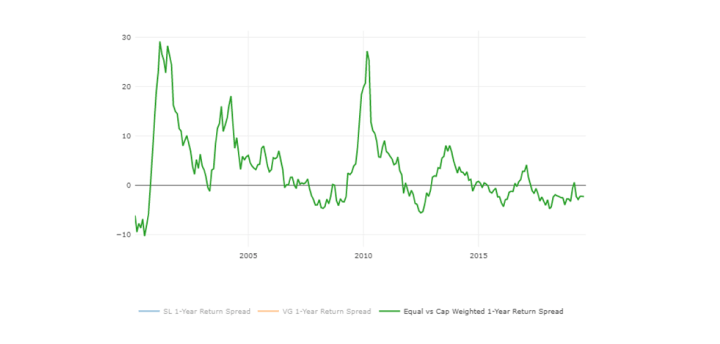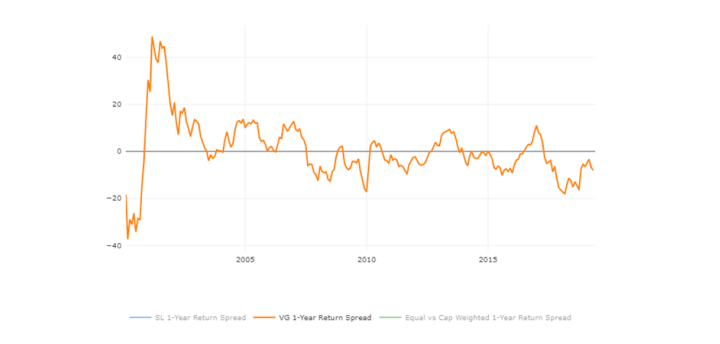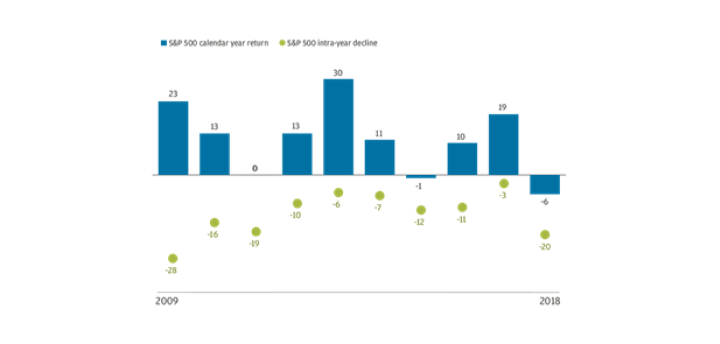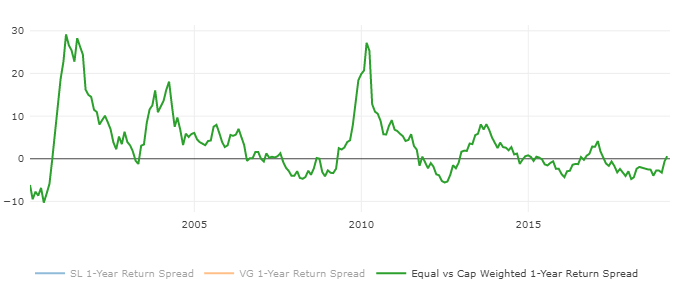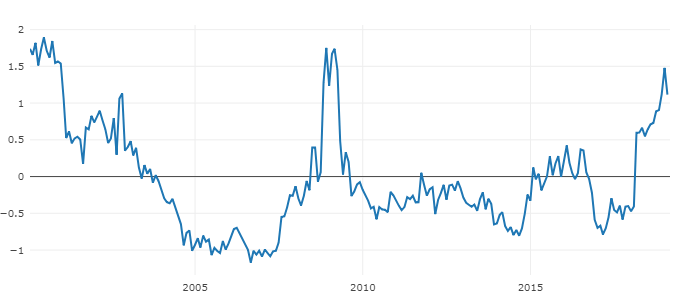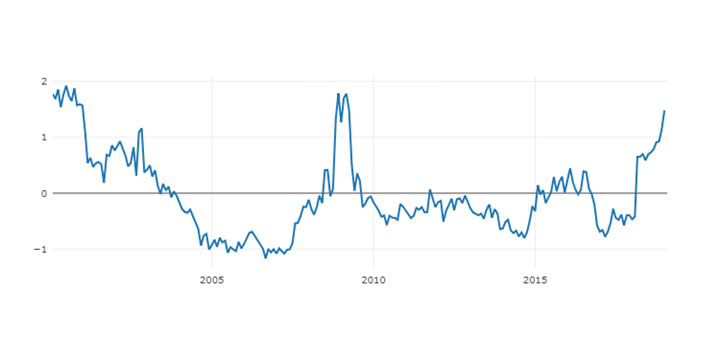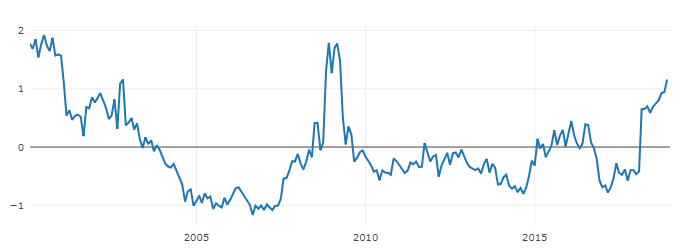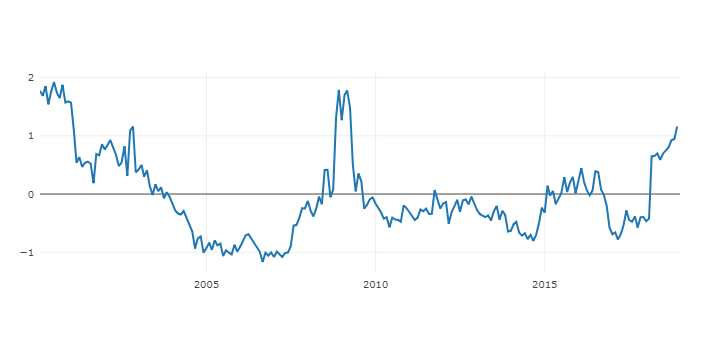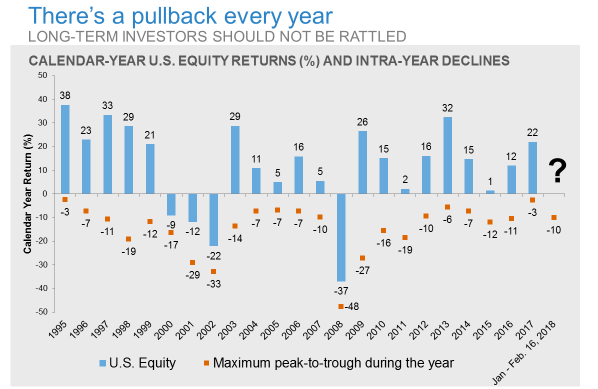Market Overview
Volatility returned in February, as we saw a stock market correction and impressive rebound within just a few weeks. In the end, stock markets closed the month down, snapping a 10-month streak of positive gains. Volatility may continue, but we are buoyed by a strong economy and impressive corporate earnings reports.
US Economics
All things considered, the stars have aligned for the US economy to expand further. Continuous job growth accompanied by subdued wage acceleration, improving capital goods demand, and pro-business tax environment should support this economic expansion well into 2019, before a few headwinds start to be felt. Obviously, there is always a risk of the Federal Reserve miscalculating monetary policy impacts or unforeseen consequences of fiscal reform. The economy can overheat and inflation can get out of hand. However, we believe the domestic industrial capacity is not overstretched (industrial utilization rate is estimated at 77.5% according to Value Line). That alone could keep inflation in check. There are also geopolitical risks out there. Trade negotiations are being held on NAFTA. Who knows – maybe there will be talks with North Korea in the future – so far there are indications that the Olympics might have warmed-up all sides involved.
Global Economy
Global GDP growth intensified last year, marking the strongest gain in seven years. Since the global expansion was well synchronized and the monetary policies around the world remains supportive, one would assume more strength in 2018.There are some signs that global labor and product markets constraints are emerging in the developed world according to JP Morgan with both wage and core CPI inflation predicted to move higher this year, along with expectations about central bank policy rates. Manufacturing output accelerated to 5.5% last quarter—its fastest pace since 2010. Underlying this move was a strong pickup in both retail spending and capital expenditures. Such a pace might not be sustainable in the long run. JP Morgan expects the February global manufacturing output to retreat from six-year highs, but they still forecast 3.6% global GDP annualized growth during the first quarter of 2018.
Equities and Corporate Profits
The latest earnings reporting season has been strong, with three-quarters of the companies in the S&P 500 posting positive earnings surprises and nearly 80% of them surpassing sales forecasts according to Value Line. Net results are beating expectations at the highest rate in some 20 years. Healthy earnings helped reverse the sharp correction of early February. Further likely economic gains, a weak US dollar, and accommodative fiscal policy should support earnings going forward. Of course, when GDP slows down we expect earnings growth to slow, but this appears unlikely in the near-term.
Investment Regimes and Portfolio Rebalancing
We saw more evidence of strong expected performance from value-oriented sectors in the second half of the 2018. That observation prompted us to shift towards Neutral and even slightly Value-tilted stance across our actively managed equity portfolios. Large Caps still dominate the terrain with statistically inconclusive probability of Small Caps catching up. We remain overweight Financials and Information Technology. We are starting to close strong underweight gaps in Consumer Staples and Telecom/Utility areas. We believe cyclicals might be a bit overbought vs. defensive sectors at the moment.
The information and opinions included in this document are for background purposes only, are not intended to be full or complete, and should not be viewed as an indication of future results. The information sources used in this letter are: Jeremy Siegel, PhD (Jeremysiegel.com), Goldman Sachs, JP Morgan, Empirical Research Partners, Value Line, Ned Davis Research, Citi research and Nuveen.

















































